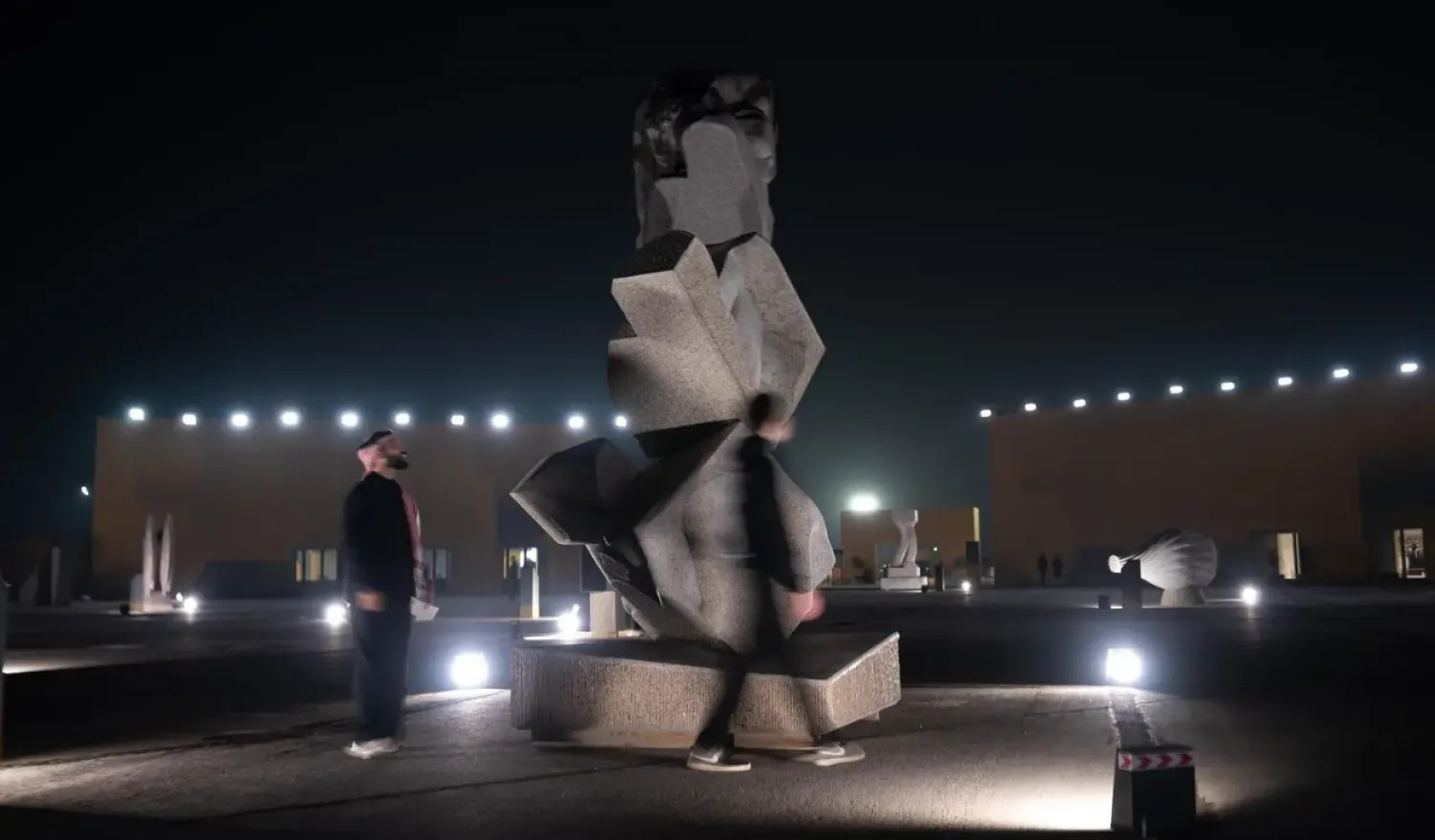Sarcophagus lids, a Greco-Roman portrait and fragments of what is believed to be a temple of Queen Hatshepsut were among 25 rare artifacts returned to Egypt from the United States, the Egyptian antiquities ministry said Monday.
The pieces -- spanning centuries of Egyptian civilization -- were handed over following a three-year recovery effort by Egypt's consulate in New York, the New York District Attorney's Office and US security agencies, the ministry said in a statement.
The collection includes wooden and gilded sarcophagus lids dating back more than 5,500 years, parts of a temple believed to belong to Queen Hatshepsut and a Greco-Roman mummy portrait from Fayyoum -- a southern city renowned for its distinctive Greco-Roman art.
The trove also features intricately crafted jewellery from around 2,400 years ago, a granite foot fragment dating back to the Ramessid dynasty, during the peak of Egypt's power, as well as small ivory and stone figurines.
A rare gold coin dating back over two millennia to the reign of Ptolemy I -- one of Alexander the Great's generals and founder of ancient Egypt's last royal dynasty -- is also part of the collection.
The antiquities were seized in separate investigations beginning in 2022 and were held at Egypt's consulate in New York until their return to Cairo on Sunday, according to the ministry's statement.
Officials did not reveal exactly how the artifacts left Egypt or how they surfaced in the US.
Egyptian authorities say they have succeeded in bringing home nearly 30,000 artifacts over the past decade.









